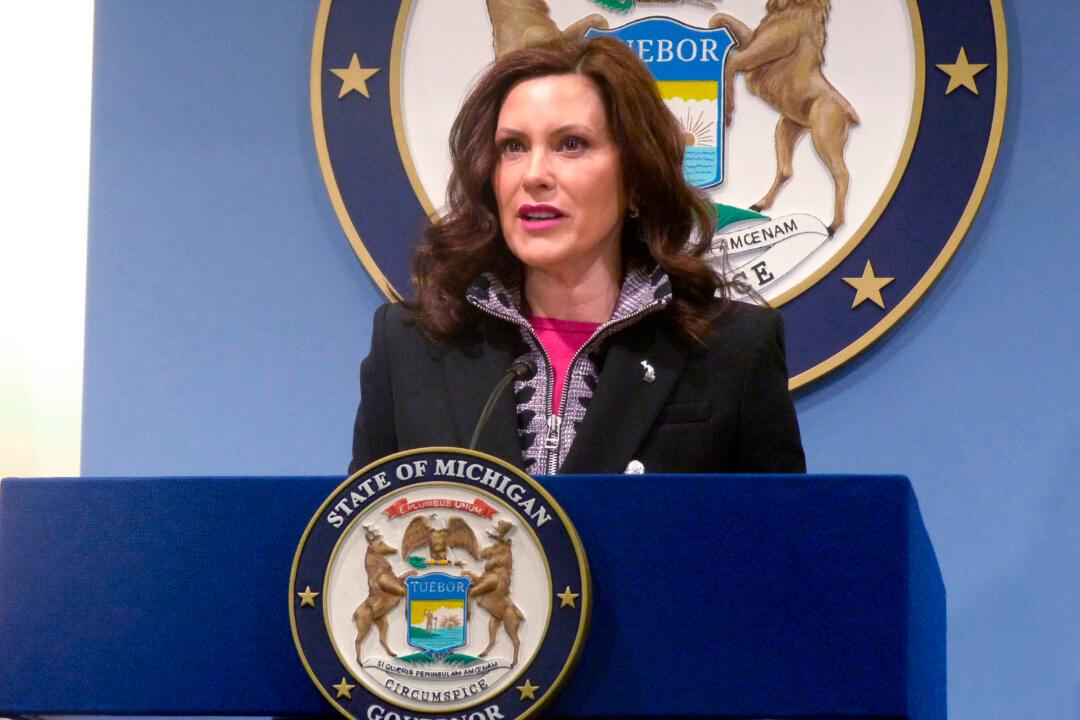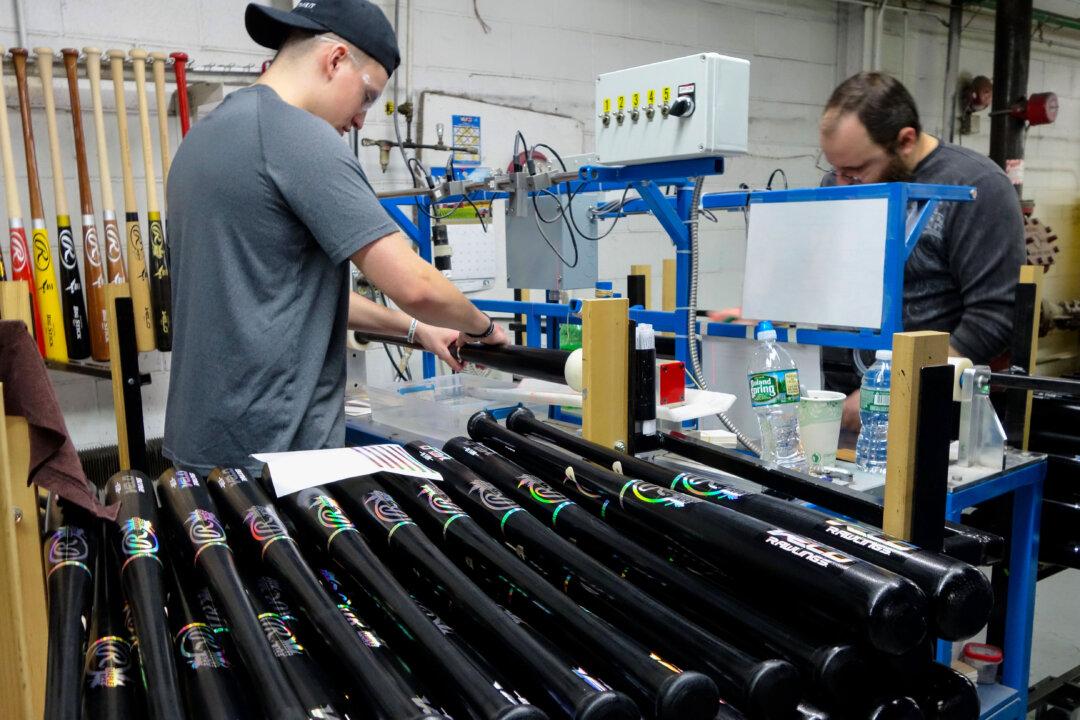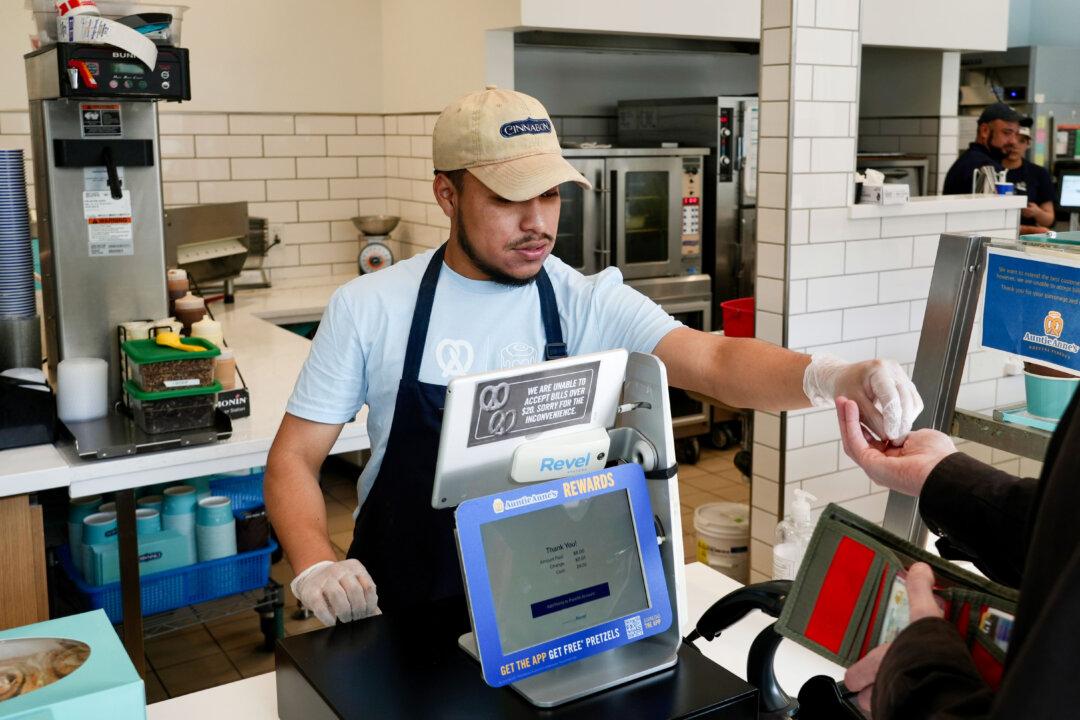There are currently 2,635 current and projected landfills in the United States. While some environmentalists might say that’s too much trash from a country that has had intermittent success in recycling, others believe the United States may never run out of room for landfills. But that doesn’t mean some state government officials aren’t concerned when trash arrives from out of state or, in Michigan’s case, Canada.
“I know that a lot of people think we’re running out of space, and that may be true in some areas, but for the most part, when you run out of landfill space, you just build another one,” said Dr. Timothy Townsend, a Florida State University professor of environmental engineering.





